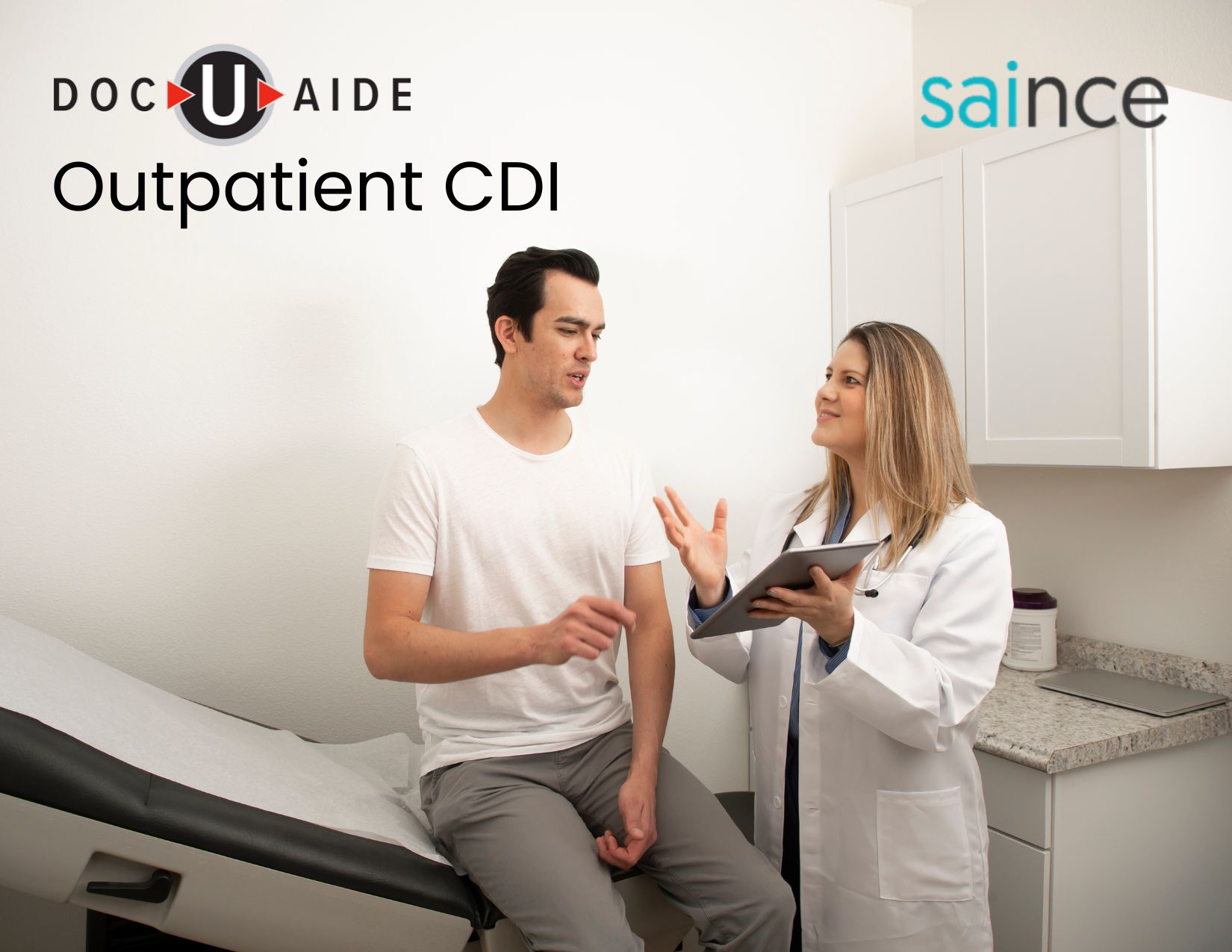Unlocking Efficiency and Precision: The Significance of Ambient Clinical Documentation in the Healthcare Industry
In the ever-evolving landscape of the healthcare industry, the quest for improved efficiency, enhanced patient care, and streamlined workflows has led to the adoption of innovative technologies. Among these, Ambient Clinical Documentation stands out as a game-changer that promises to revolutionize the way healthcare professionals handle patient information.
What is Ambient Clinical Documentation?
Ambient Clinical Documentation refers to a technology-driven approach that allows healthcare providers to capture and record patient encounters, conversations, and clinical information in real-time, without the need for manual data entry. It leverages speech recognition and natural language processing to transcribe and interpret spoken words into structured clinical notes and electronic health records (EHRs).
Why is Ambient Clinical Documentation Important?
Enhanced Accuracy: One of the primary advantages of ambient clinical documentation is its ability to capture every detail of a patient encounter accurately. This reduces the risk of errors that can result from manual data entry and ensures that patient records are complete and reliable.
Time Efficiency: Healthcare professionals can focus on patient care rather than spending excessive time on paperwork. Ambient clinical documentation streamlines the documentation process, allowing for more time spent with patients.
Real-time Updates: With ambient documentation, patient records are updated in real-time. This means that healthcare providers have access to the most up-to-date information, leading to better decision-making and care coordination.
Improved Patient Engagement: Ambient clinical documentation allows for more natural interactions between patients and providers. Patients may feel more engaged in their care when they perceive that their healthcare provider is fully present during their encounter.
Cost Savings: By reducing the administrative burden associated with manual documentation, ambient clinical documentation can lead to cost savings for healthcare organizations.
Data Analytics: The structured data generated by ambient documentation can be leveraged for data analytics and research, potentially leading to insights that can improve patient outcomes and population health.
Compliance and Security: Ambient documentation systems can be designed with robust security measures to ensure patient data privacy and compliance with healthcare regulations.
Ambient Clinical Documentation represents a transformative leap forward in the healthcare industry. It offers not only improved accuracy and efficiency but also a patient-centered approach to care that aligns with the evolving healthcare landscape. As technology continues to advance, its integration into healthcare workflows is likely to become increasingly prevalent, leading to better patient outcomes and more streamlined operations within healthcare organizations.







